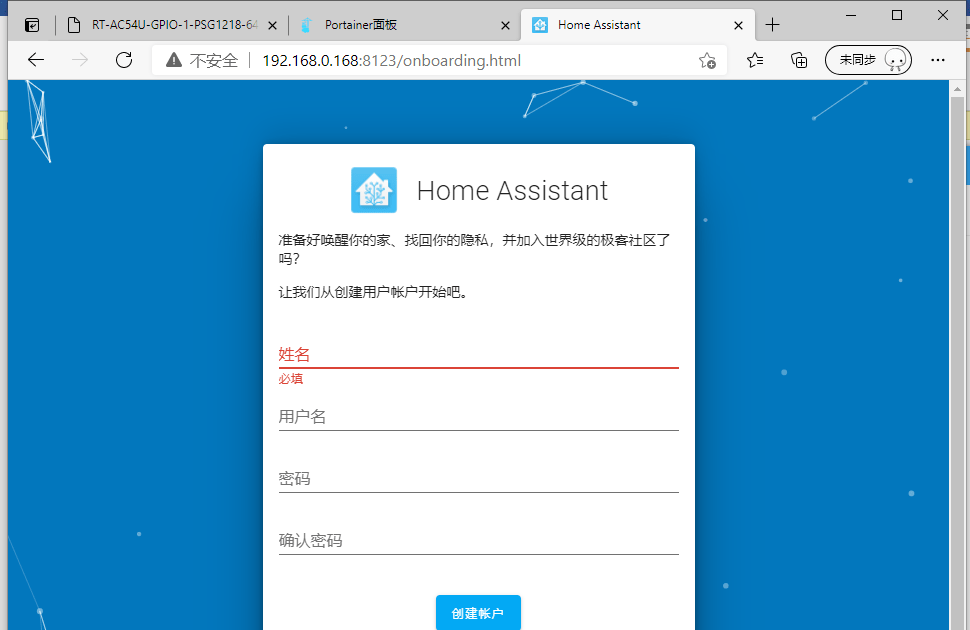我们在编写文章时,经常需要添加一些标签关键词的链接,这样不仅可以优化我们的内链,对用户来说也可以参照相关的文章,如果对文章的关键字进行手动添加链接,那样对我们来说太麻烦了,而且在标签关键词很多的情况下我们是记不住的,今天就向大家介绍如何让我们的wordpress文章自动添加标签关键词的链接:
之前一直有使用WP keyword Link Plugin插件,但是发现这个插件已经好久没有更新,好像目前在平台中已经找不到。所以准备替换掉这个插件。类似的WordPress插件还是有很多的,比如Keywords to Links Converter、Auto Tag Links等都可以实现。
打开我们主题的functions.php文件添加如下代码:
第一种:
//连接数量
$match_num_from = 1; //一个关键字少于多少不替换
$match_num_to = 10; //一个关键字最多替换
//连接到WordPress的模块
add_filter('the_content','tag_link',1);
//按长度排序
function tag_sort($a, $b){
if ( $a->name == $b->name ) return 0;
return ( strlen($a->name) > strlen($b->name) ) ? -1 : 1;
}
//改变标签关键字
function tag_link($content){
global $match_num_from,$match_num_to;
$posttags = get_the_tags();
if ($posttags) {
usort($posttags, "tag_sort");
foreach($posttags as $tag) {
$link = get_tag_link($tag->term_id);
$keyword = $tag->name;
//连接代码
$cleankeyword = stripslashes($keyword);
$url = "<a href=\"$link\" title=\"".str_replace('%s',addcslashes($cleankeyword, '$'),__('View all posts in %s'))."\"";
$url .= ' target="_blank"';
$url .= ">".addcslashes($cleankeyword, '$')."</a>";
$limit = rand($match_num_from,$match_num_to);
//不连接的代码
$content = preg_replace( '|(<a[^>]+>)(.*)('.$ex_word.')(.*)(</a[^>]*>)|U'.$case, '$1$2%&&&&&%$4$5', $content);
$content = preg_replace( '|(<img)(.*?)('.$ex_word.')(.*?)(>)|U'.$case, '$1$2%&&&&&%$4$5', $content);
$cleankeyword = preg_quote($cleankeyword,'\'');
$regEx = '\'(?!((<.*?)|(<a.*?)))('. $cleankeyword . ')(?!(([^<>]*?)>)|([^>]*?</a>))\'s' . $case;
$content = preg_replace($regEx,$url,$content,$limit);
$content = str_replace( '%&&&&&%', stripslashes($ex_word), $content);
}
}
return $content;
}第二种:(本站所选)
/* 自动为文章内的标签添加内链开始 */
$match_num_from = 1; //一篇文章中同一个标签少于几次不自动链接
$match_num_to = 1; //一篇文章中同一个标签最多自动链接几次
function tag_sort($a, $b){
if ( $a->name == $b->name ) return 0;
return ( strlen($a->name) > strlen($b->name) ) ? -1 : 1;
}
function tag_link($content){
global $match_num_from,$match_num_to;
$posttags = get_the_tags();
if ($posttags) {
usort($posttags, "tag_sort");
foreach($posttags as $tag) {
$link = get_tag_link($tag->term_id);
$keyword = $tag->name;
$cleankeyword = stripslashes($keyword);
$url = "<a href=\"$link\" title=\"".str_replace('%s',addcslashes($cleankeyword, '$'),__('【查看含有[%s]标签的文章】'))."\"";
$url .= ' target="_blank"';
$url .= ">".addcslashes($cleankeyword, '$')."</a>";
$limit = rand($match_num_from,$match_num_to);
$content = preg_replace( '|(<a[^>]+>)(.*)('.$ex_word.')(.*)(</a[^>]*>)|U'.$case, '$1$2%&&&&&%$4$5', $content);
$content = preg_replace( '|(<img)(.*?)('.$ex_word.')(.*?)(>)|U'.$case, '$1$2%&&&&&%$4$5', $content);
$cleankeyword = preg_quote($cleankeyword,'\'');
$regEx = '\'(?!((<.*?)|(<a.*?)))('. $cleankeyword . ')(?!(([^<>]*?)>)|([^>]*?</a>))\'s' . $case;
$content = preg_replace($regEx,$url,$content,$limit);
$content = str_replace( '%&&&&&%', stripslashes($ex_word), $content);
}
}
return $content;
}
add_filter('the_content','tag_link',1);
/* 自动为文章内的标签添加内链结束 */第三种:
/**
* WordPress 自动为文章标签添加该标签的链接
* https://www.wpdaxue.com/auto-add-tag-link.html
*/
function wpkj_auto_add_tag_link($content){
$limit = 1; // 设置同一个标签添加几次链接
$posttags = get_the_tags();
if ($posttags) {
foreach($posttags as $tag) {
$link = get_tag_link($tag->term_id);
$keyword = $tag->name;
$cleankeyword = stripslashes($keyword);
$url = '<a target="_blank" href="'.$link.'" title="'.str_replace('%s', addcslashes($cleankeyword, '$'), __('View all posts in %s')).'">'.addcslashes($cleankeyword, '$').'</a>';
$regEx = '\'(?!((<.*?)|(<a.*?)))('. $cleankeyword . ')(?!(([^<>]*?)>)|([^>]*?</a>))\'s';
$content = preg_replace($regEx,$url,$content,$limit);
}
}
return $content;
}
add_filter( 'the_content', 'wpkj_auto_add_tag_link', 1 );第四种:
/* 自动为文章内的标签添加内链开始 */
$match_num_from = 1; //一篇文章中同一个标签少于几次不自动链接
$match_num_to = 1; //一篇文章中同一个标签最多自动链接几次
function tag_sort($a, $b){
if ( $a->name == $b->name ) return 0;
return ( strlen($a->name) > strlen($b->name) ) ? -1 : 1;
}
function tag_link($content){
global $match_num_from,$match_num_to;
$posttags = get_the_tags();
if ($posttags) {
usort($posttags, "tag_sort");
foreach($posttags as $tag) {
$link = get_tag_link($tag->term_id);
$keyword = $tag->name;
$cleankeyword = stripslashes($keyword);
$url = "<a href=\"$link\" title=\"".str_replace('%s',addcslashes($cleankeyword, '$'),__('【查看含有[%s]标签的文章】'))."\"";
$url .= ' target="_blank"';
$url .= ">".addcslashes($cleankeyword, '$')."</a>";
$limit = rand($match_num_from,$match_num_to);
$content = preg_replace( '|(<a[^>]+>)(.*)('.$ex_word.')(.*)(</a[^>]*>)|U'.$case, '$1$2%&&&&&%$4$5', $content);
$content = preg_replace( '|(<img)(.*?)('.$ex_word.')(.*?)(>)|U'.$case, '$1$2%&&&&&%$4$5', $content);
$cleankeyword = preg_quote($cleankeyword,'\'');
$regEx = '\'(?!((<.*?)|(<a.*?)))('. $cleankeyword . ')(?!(([^<>]*?)>)|([^>]*?</a>))\'s' . $case;
$content = preg_replace($regEx,$url,$content,$limit);
$content = str_replace( '%&&&&&%', stripslashes($ex_word), $content);
}
}
return $content;
}
add_filter('the_content','tag_link',1);
/* 自动为文章内的标签添加内链结束 */
微信扫描下方的二维码阅读并评论

- 本文由 【酷趣谈-酷趣黑科技】 发布,关注官方微信公众号【酷趣黑科技】,免费分享炫酷、有趣的黑科技资讯、手机软件、电脑软件、电视软件、福利资源。
- 转载请注明本文标题:WordPress文章纯代码版自动添加标签(tag)内链-酷趣谈-酷趣黑科技
- 同时注明本文链接:https://www.kuqutan.com/1638.html



0 麻雀虽小五脏俱全
1 正需要。
这两天还在考虑,现在用的这个主题不能自动添加内链的事情。
这篇文章我转载了。
感谢!